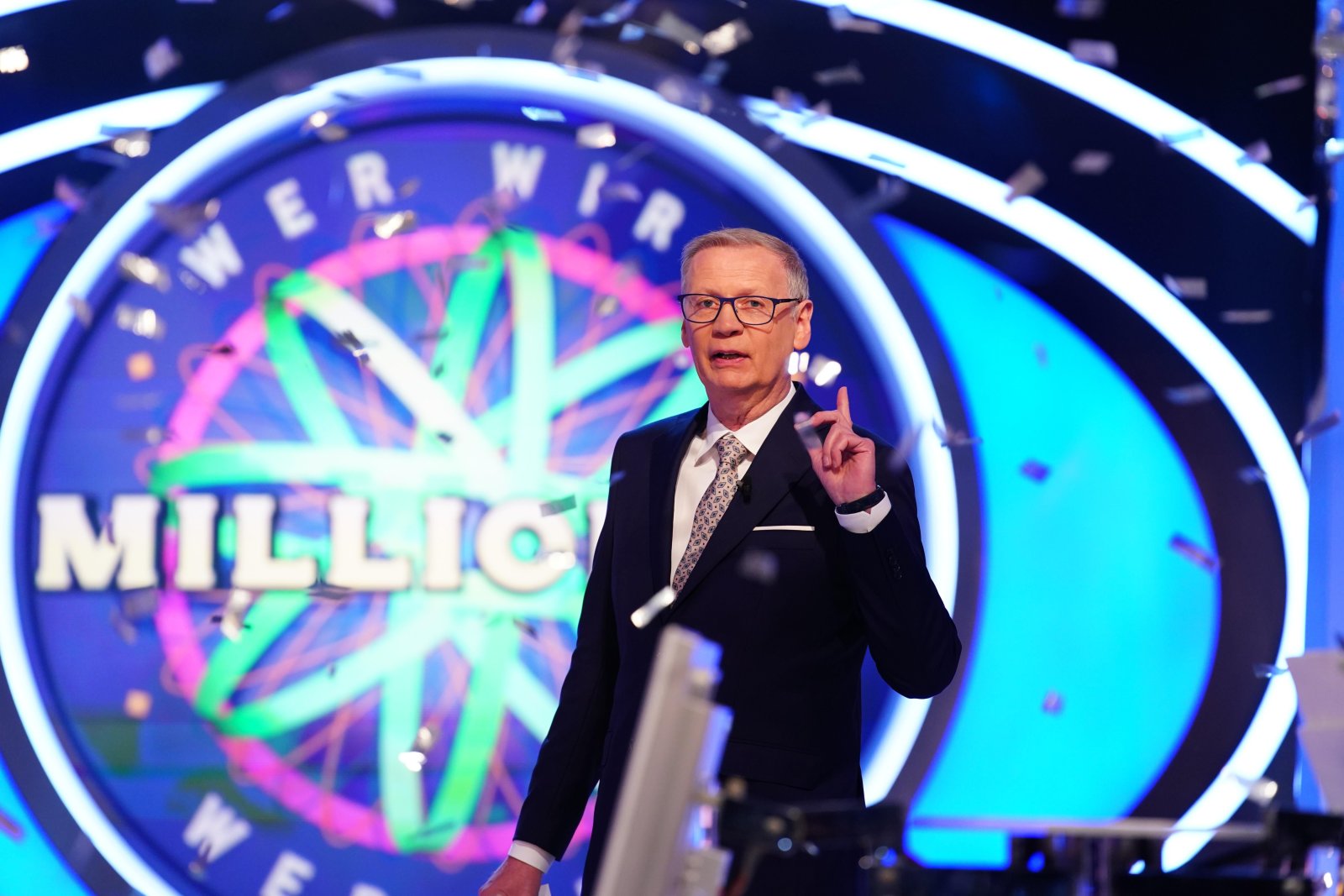Addressable TV 2.0

Authors

Marco Gijsen
Sales Director (AI-assisted)
Strategy, Creativity & Production Ad Alliance Netherlands

Fabian Burgey
Director of SME Business Europe
RTL AdAlliance
Addressable linear TV enables broadcasters to attract smaller advertisers thanks to granular targeting, lower entry prices and customised creative work. But to make TV really accessible to all, further automation, including the use of AI, may be required. This interview, with two experts in this field, discusses the potential innovations that will bring the product to the next level.
How is Addressable TV performing in your markets?
Marco: We recently launched Addressable TV in a specific region of the Netherlands. This service is only available through the Ziggo distribution network. We are now able to replace ads based on certain criteria, mostly area-based. This has generated a lot of interest from clients in our region.
Fabian: RTL in Germany has been offering Addressable TV for almost ten years. It started with L-Banners (display banners) which have the advantage of being very flexible. Now, we are able to offer video products such as ATV Spot or ATV Switchin Video both to big national advertisers and small and medium businesses or retailers.
How are you making TV advertising more accessible?
Fabian: Small and medium businesses often think “TV advertising is not for me.” If we want to attract smaller budgets, we need to deliver a scalable solution. We have self-booking tools to make advertisers as autonomous as possible when it comes to planning and delivering their campaigns. The idea is to cut the manual steps in the process and focus only on media costs. This helps lower the entry barriers.
Marco: We have been experimenting with AI in sponsorship credits and short clips. We can create a full spot including script, images and voice over in a day for a couple of thousand euros – and it takes 30 minutes to do slight adaptations such as using different languages.
SMEs want to be associated with our programmes. They are a major asset because competitors like Google and Meta are not producing content themselves and that gives us an advantage.
What are the challenges of using AI for TV ads?
Fabian: The results look really good, but research we carried out shows that 52% of small and medium businesses spend less than €1000 a month on marketing – €2500 for creative work is too much for them. Even with AI, you need human input into the process. If we could make it 100% tech driven and cut costs to less than €100 per creative, we would be able to scale it.
Marco: There is a lot of work around guidelines. We have addressed the legal and practical frameworks, ensuring we have the right licenses and tools in place. Currently, we are on version eight of these guidelines which includes addressing biases and preventing negative outcomes.
We are encouraging creative teams in advertising and media agencies to embrace AI. Humans still come up with the creative ideas or prompts, however, they will have to adapt to this technological innovation.
Will the combination of AI and Addressable TV allow broadcasters to compete with search and social media giants?
Fabian: Yes. Until now, it was not possible for SMEs to advertise on TV. They love our products because they love the shows, the series and the movies that we broadcast on our TV channels – SMEs want to be associated with our programmes.
They are a major asset because competitors such as Google and Meta are not producing content themselves and that gives us an advantage.
Marco: Combining Addressable TV and AI is absolutely necessary to be able to compete at scale. Our media is still the king of brand awareness. This should be our focus, instead of the one-on-one battle which we are probably not going to win.